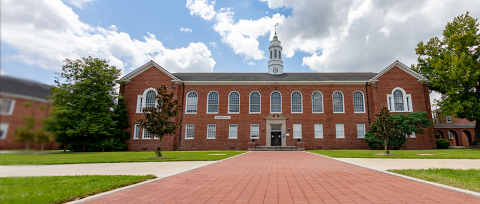Business Case
There where five underlying challenges and operational issues that we observed with our previous system that made it difficult for all users, whether they were on the technical end or using the systems to complete a task on the front end.
The Business Case outlines those challenges and why it was critical that we updated our systems and processes.
-
The current system at the time did not work together seamlessly or in real-time and was not distributed across multiple platforms and operating systems. This topology created workflow bottlenecks and inefficiencies in serving students, faculty, staff and other University constituencies
-
The primary student, finance, and human resource modules were originally written and implemented in 1989 and were not web-enabled and did not provide adequate self-service capacity and capability expected by today’s tech-savvy students, faculty and staff
-
Modern workflow capabilities were not available due to the age, disparate technology platforms/applications, and operational inefficiencies of the existing administrative information systems
-
Data access, use, and sharing by functional departments and units was a very difficult and labor-intensive process resulting in redundant data entry, and ineffective functional processes
- Source code maintainability had became increasingly more challenging and expensive each year as changes, patches, and updated functionality were incorporated into the existing system(s) and operational complexity increased

Over the past few years, the University has made a significant investment in process, procedure, organization, and the technology necessary to better prepare itself for a comprehensive and successful ERP implementation. A few examples of enhancement and risk mitigation projects include:
- New Information Technology Security protocols and services
- Upgrade of network distribution core
- Cable plant upgrades in key functional areas
- Construction of two dedicated training laboratories including fifty new computers and multimedia instructional technology
- Improved IT Service Desk support and maintenance protocols
In addition, the University has embraced and implemented new tools and technologies such as constituent relationship management (CRM); retention and progression tools to aid in meeting GRAD Act requirements; development of electronic time and attendance management; increased training and knowledge of existing systems such as financial aid, student, and admissions; electronic collaboration tools; internal project management protocols; and distance learning resources.
Read about specific benefits to the University resulting from the successful completion of this project.
